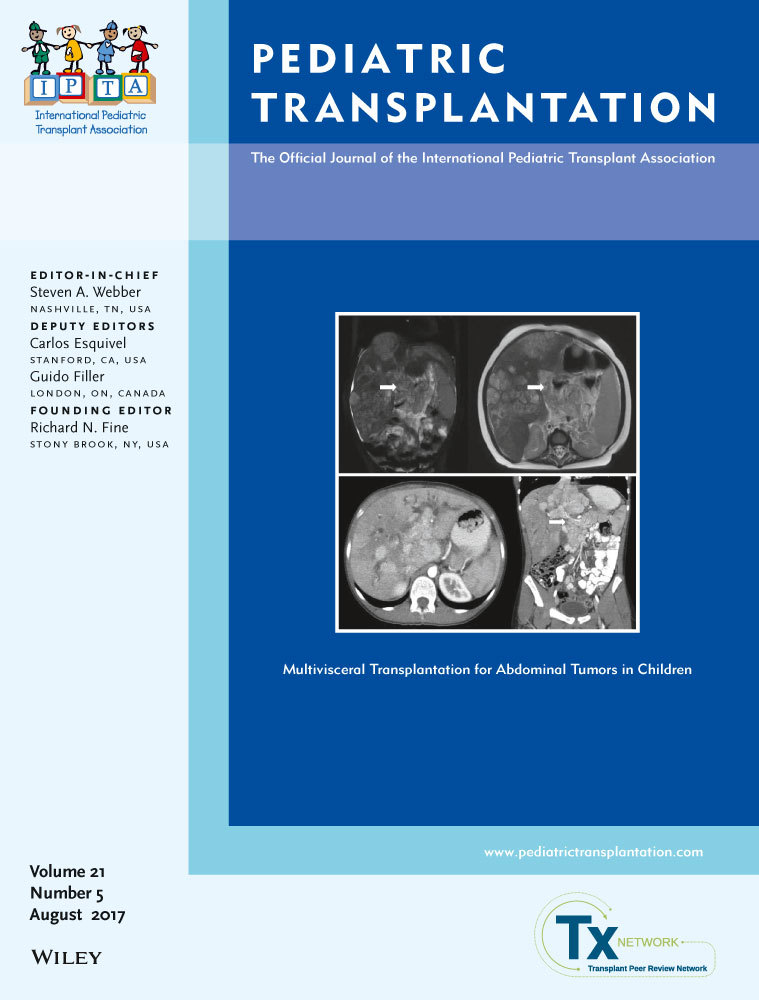Epstein-Barr virus DNA monitoring in serum and whole blood in pediatric liver transplant recipients who do or do not discontinue immunosuppressive therapy
Funding information
This study was supported by grants from the Sahlgrenska University Hospital (ALF) and the Swedish Childhood Cancer Foundation.
Abstract
The rate of PTLD can be reduced by weaned IS guided by monitoring of EBV DNA. In this single-center retrospective case series study, we analyzed how reduction in IS influenced EBV DNA levels in whole blood and serum in 30 children during the first year after liver transplantation, and how these levels were related to symptoms putatively due to EBV. Primary and reactivated EBV infection was seen in 18 (60%) and eight patients (27%), respectively. Thirteen patients (42%) developed chronic high load the first year post-transplant. IS was successfully discontinued in six patients the first year post-transplant and in another two patients within 3 years. EBV DNA levels were reduced, but persisted long term in all the eight patients who had IS completely withdrawn. There was no case of PTLD. In summary, EBV DNAemia and chronic high load were very common after pediatric liver transplantation. Liver graft tolerance facilitates radical reduction in IS treatment, which may prevent PTLD, but EBV DNAemia may persist long term after discontinued IS.




